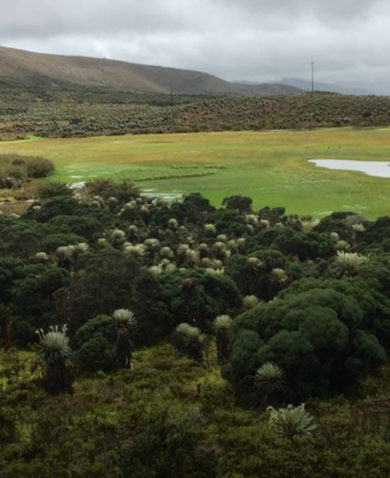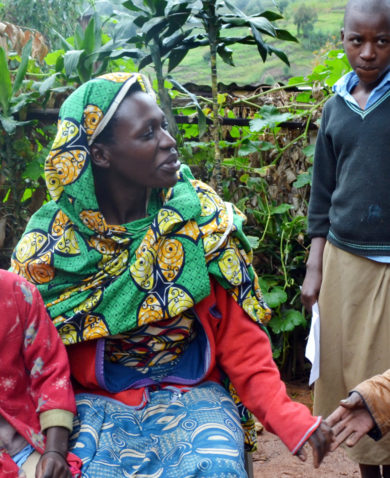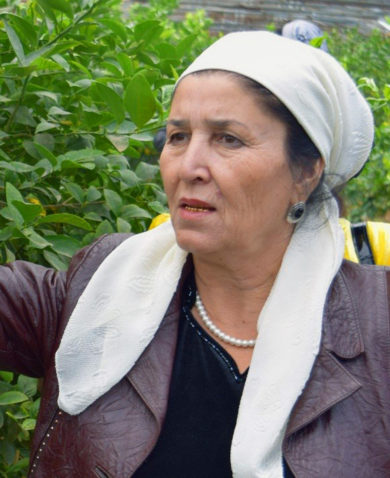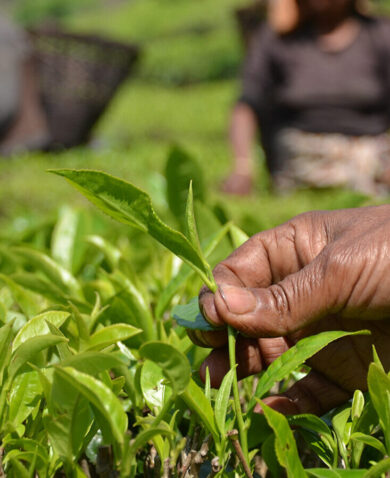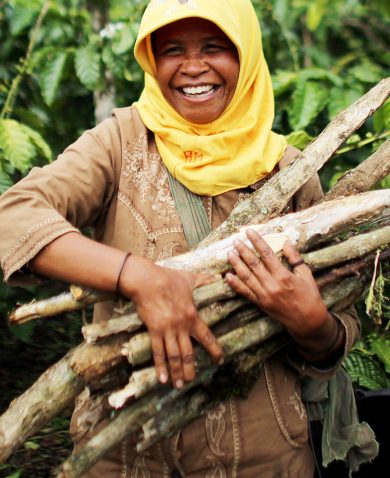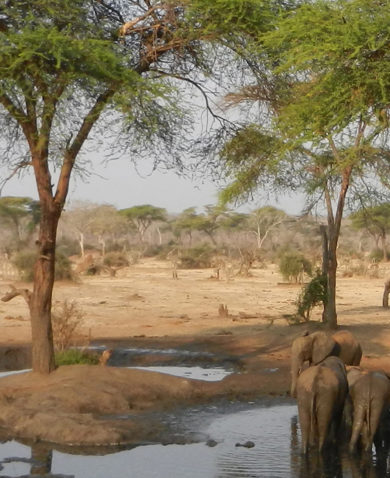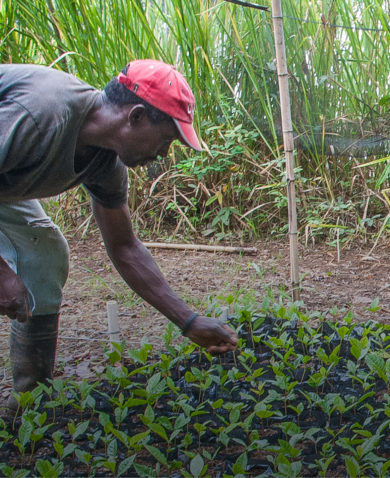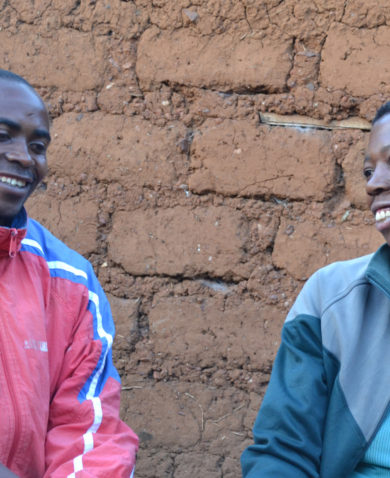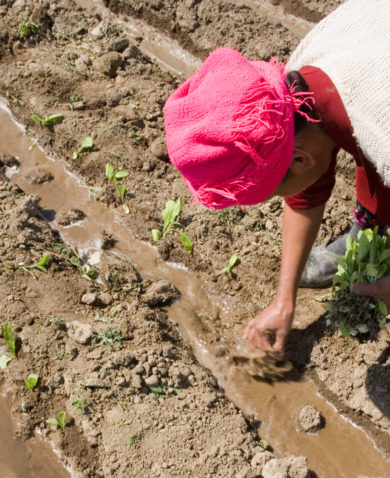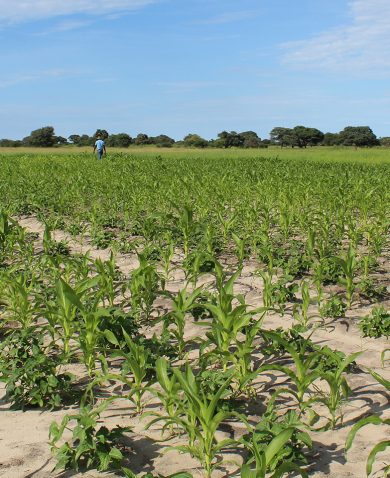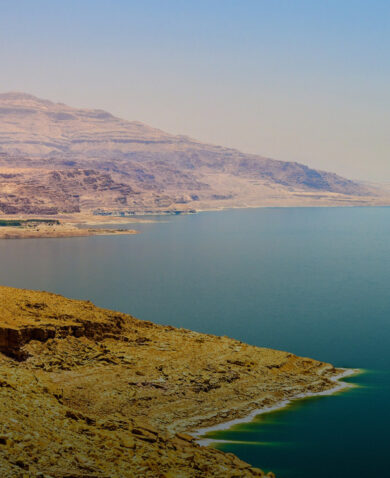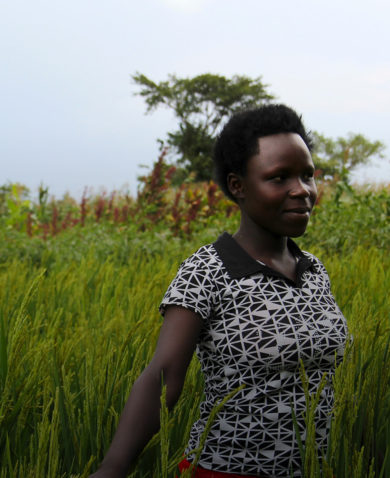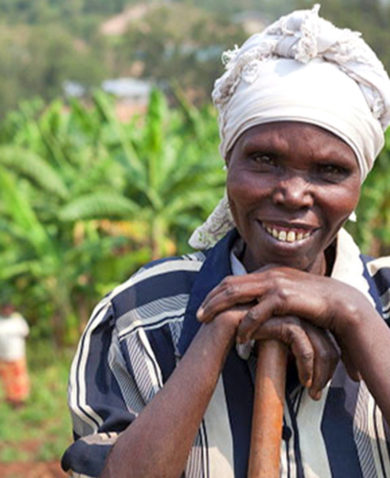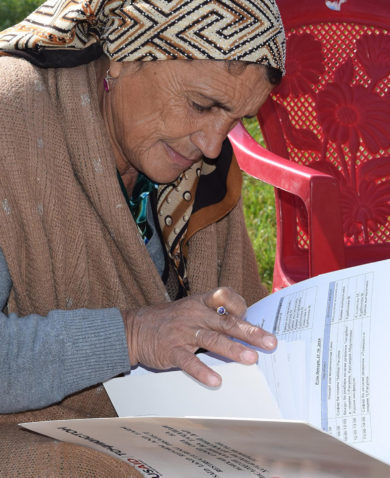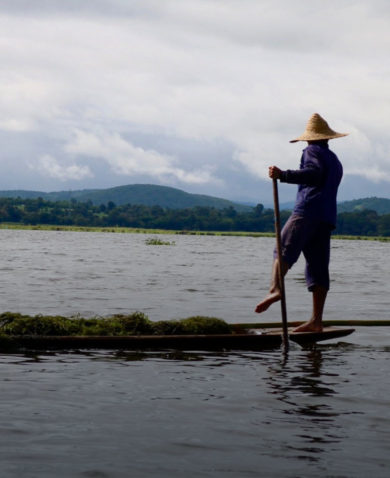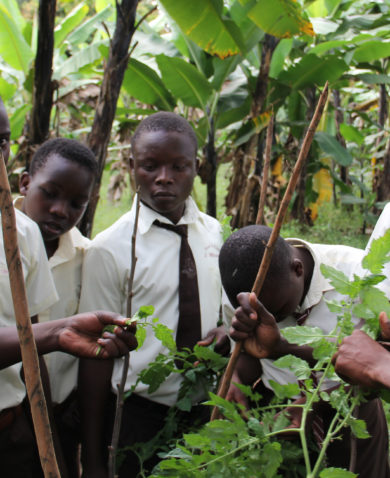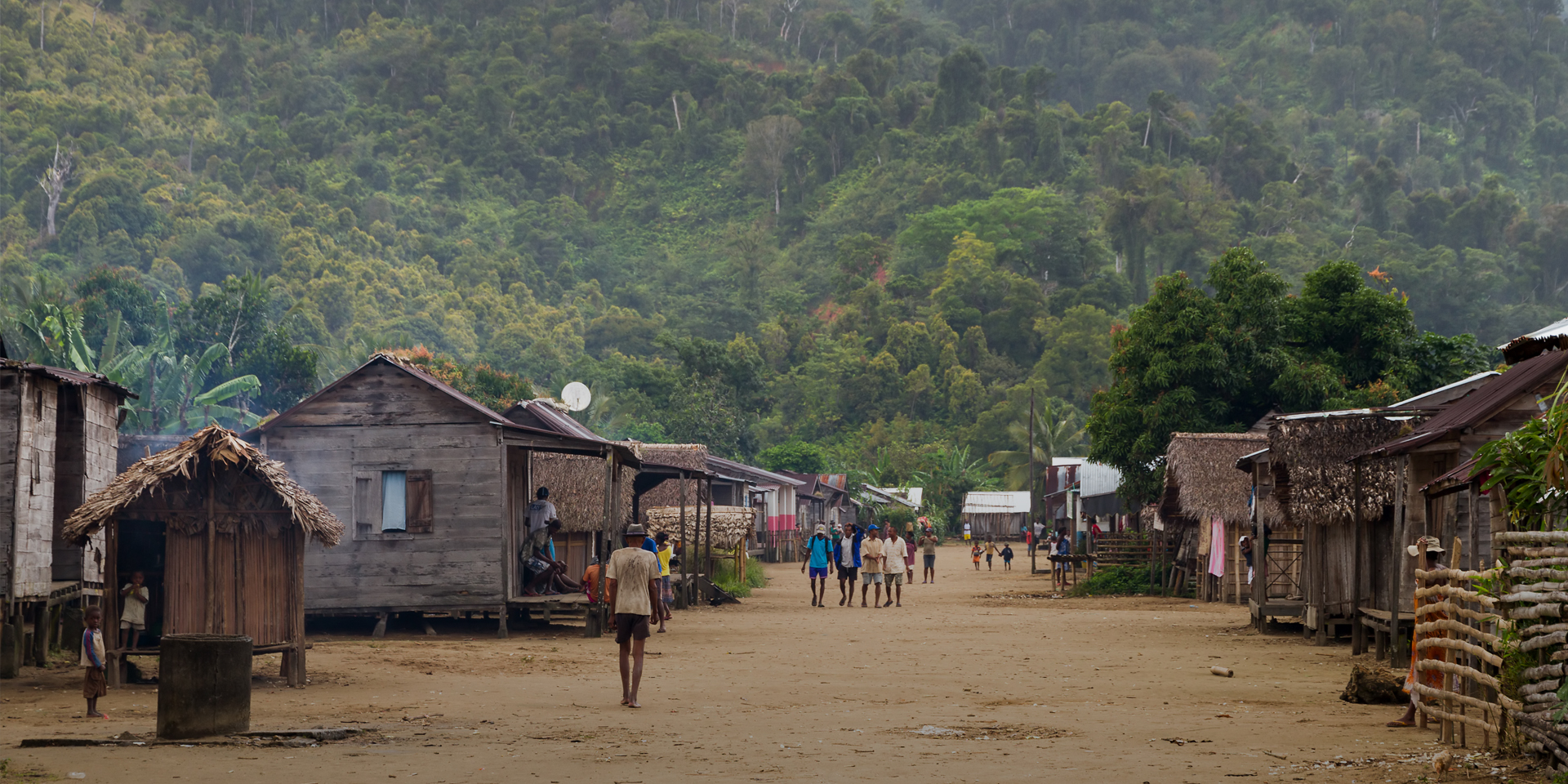
Land and Property Rights Meet the SDGs: Reflections from the 2019 World Bank Land and Poverty Conference
May 23, 2019 | 4 Minute ReadMichael Brown shares key themes from the World Bank Land and Poverty Conference – reminding us that we still have a long way to go when it comes to addressing land and property rights.
It appears the Sustainable Development Goals (SDGs) are wobbling along fitfully, and the general consensus among attendees at this year’s annual World Bank Land and Poverty Conference seemed to be that we’re not on track to meet our goals related to land and property rights. This year’s conference offered a smorgasbord of lessons learned, applied research, field experiences, technology innovations, and evidence of progress (or lack thereof) on land and property rights metrics related to the SDGs. As with other years, attendees presented a number of conclusions — some new and others not so much — about how to resolve persistent land tenure and property rights challenges.
Operational Issues Persist
As many of the experts at the conference stressed, operational issues are still rampant when it comes to advancing land and property rights. For starters, many village governments have no means to operate. Take Tanzania, for example, which comprises 14,000 village governments, most of which have no operating budget. The country is just one of many where local-level governments have too few resources to make progress without external support.
What’s more, there are often significant opportunity costs associated with lost taxation. If land were to be appropriately taxed and captured in African capitals based on real values versus current depressed values, one World Bank economist noted, such monies would far exceed World Bank funding to respective countries. As for funding on a broader scale, some suggested that while the funds are there, land tenure is not prioritized. Mika-Petteri Törhönen of the World Bank boldly stated that money is not the problem. It’s prioritization. Resilience, conflict, and environment funding are all closely linked; they one way or another address tenure and do receive funding through sectoral programming. Many would debate whether this is sufficient.
National parks are not exactly working. Devolution is happening and could contribute more to conservation. In Tanzania again, there are 21 national parks and wildlife reserves. While in 1970 there were 300,000 elephants in Tanzania, Africa’s largest elephant population, today there are only 43,000. There is clearly a disconnect between mode of management and conservation outcome success. Liz Alden Wily spoke of the framework in east and southern Africa for community-based natural resource management and co-management arrangements where communities are managing millions of hectares of communal lands/forested areas. She highlighted the very large number of community conservancies in Kenya, Tanzania, and elsewhere (this excellent blog attests to that). It’s clear that communities can manage their own land in certain circumstances but are not empowered in other situations. The example of Kenya’s Sengwer being one recent highly publicized example. Research through our Conservation Solutions Lab finds that the evidence base supports this.
Technology: Helpful but not a Crutch
Panelists at the conference discussed many benefits of technology in the land and property rights sphere. Tools like satellite imagery, for example, can facilitate identification of properties amenable to urban land taxation, while blockchain can potentially substantiate ownership claims in certain land dispute situations. Geographic information systems are also used as a support tool in planning.
One conference panel chair questioned whether we still need decentralization and land tenure reform or if governments can capitalize on new technologies to achieve similar outcomes. While technologies are helpful and can be transformative tools, we need to remember that technologies alone are not the solution to redressing land insecurity and poverty. We can’t rely on technology to resolve land rights issues; we need institutions and policies that work to promote legality.
Stakeholder Engagement and Partnerships: We’re Missing the “How?”
At the conference, experts agreed that collaboration, partnerships, and multi-stakeholder platforms are essential to achieving the SDGs addressing land tenure security and poverty. While this has long been the conventional wisdom, rare is the case where there is discussion about how to achieve this. During the session “How to achieve the SDG goals and global commitments on land,” I asked whether progress had been made on understanding how to promote effective multi-stakeholder initiatives. A representative from the Overseas Development Institute said data on multi-stakeholder platforms’ success in promoting the SDGs isn’t clear, while another from GROOTS Kenya noted that something needs to be done to level out power differentials in multi-stakeholder platforms to enable them to work. I believe both statements are true, but we’re left trying to figure out what that something might be.
Context is Everything
Formalization of property rights to secure tenure was more often mentioned as a means to reduce conflict and enable economic growth than working with customary systems at communal and individual levels. That said, several presenters at the conference produced evidence of communal, customary systems where land rights were recognized. A representative from Rights + Resources Initiative noted that customary systems were actually more effective than formalized land recognition for conservation and natural resource management. These examples suggest that securing customary rights may be more relevant in some situations than formalization.
The conference left many questions unanswered, reminding us that we have a long way to go when it comes to effectively addressing land/property rights related to the SDGS. However, the SDGs remain our guiding, aspirational framework at the global level. Talking through some of these gaps and shortcomings at a conference like the World Bank Land and Poverty Conference reminds us of the great energy and brainpower in the global community poised to generate positive change. As always, securing political will to take action that is logical and evidence-based will be critical to enabling future innovation in the land sector.
Posts on the blog represent the views of the authors and do not necessarily represent the views of Chemonics.








